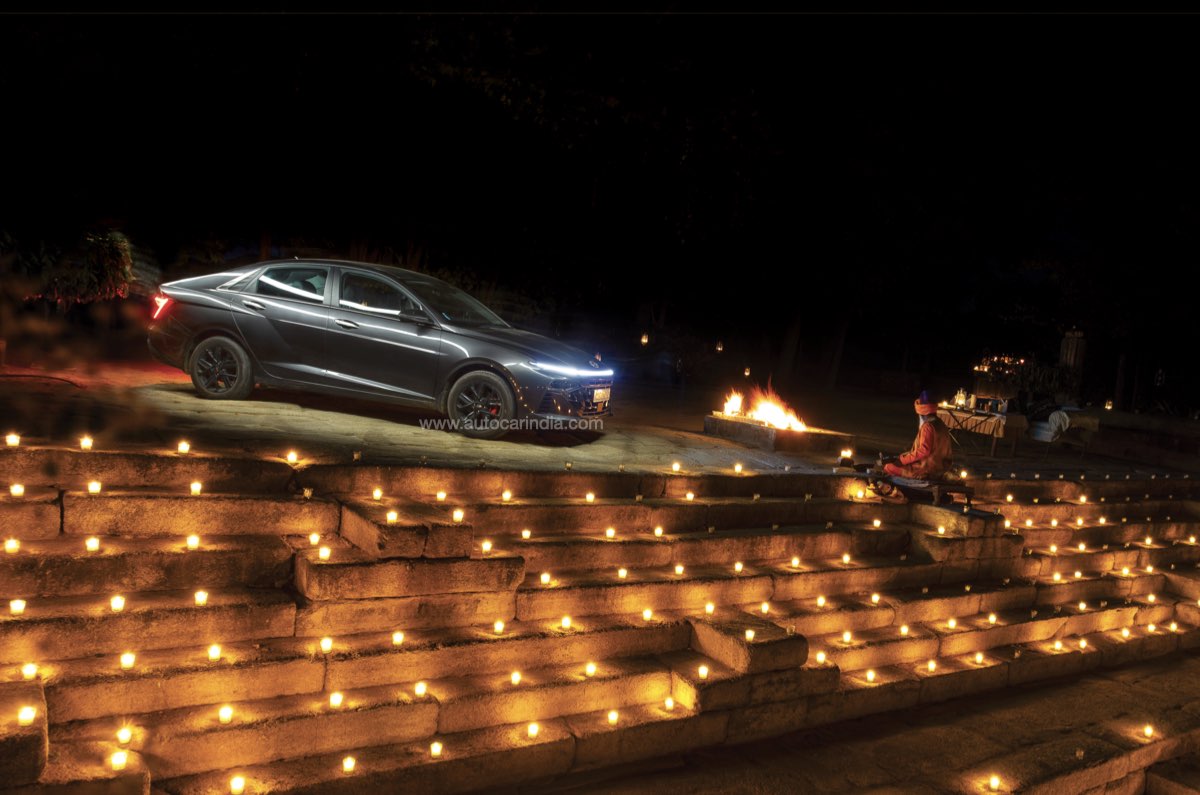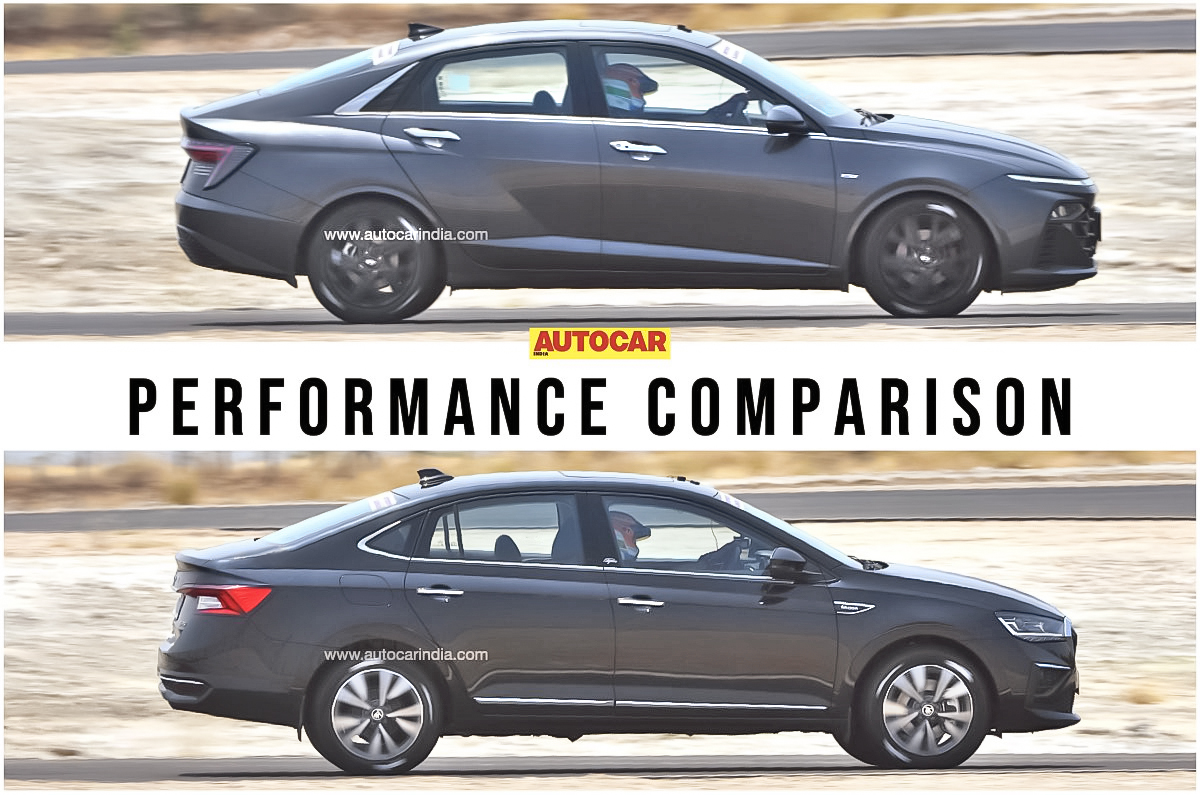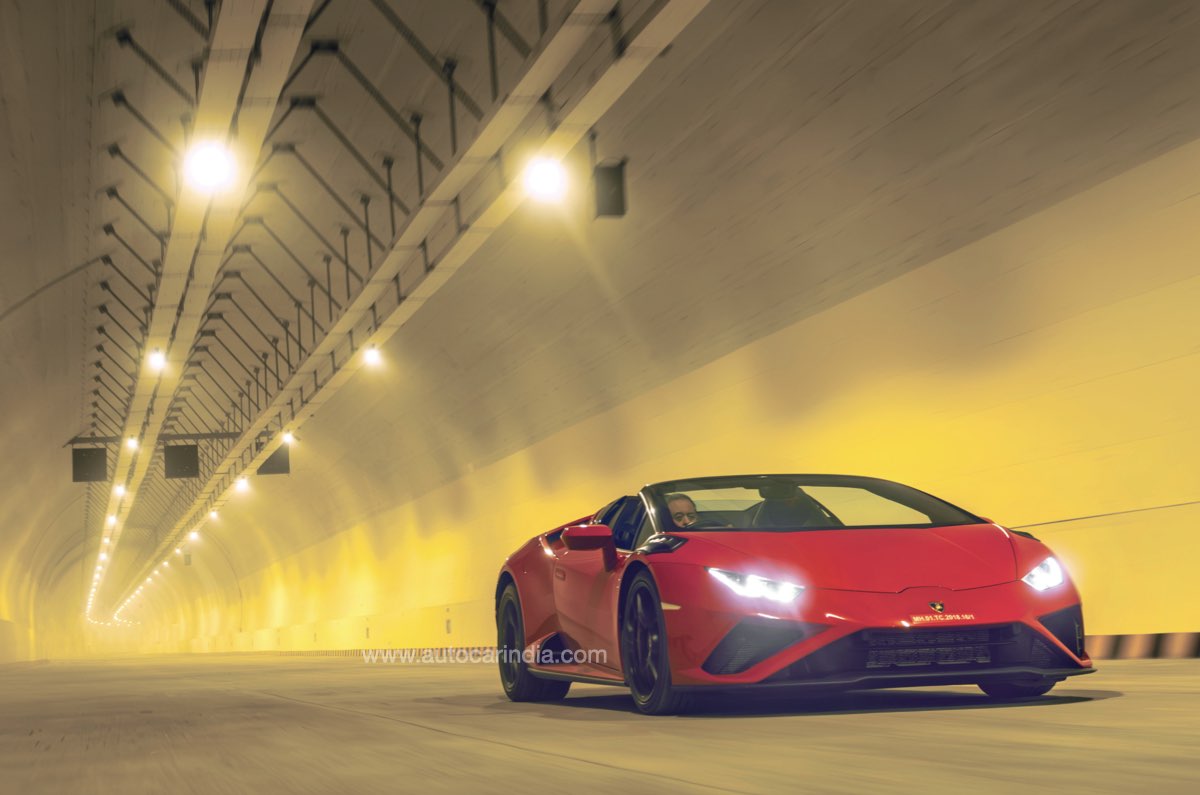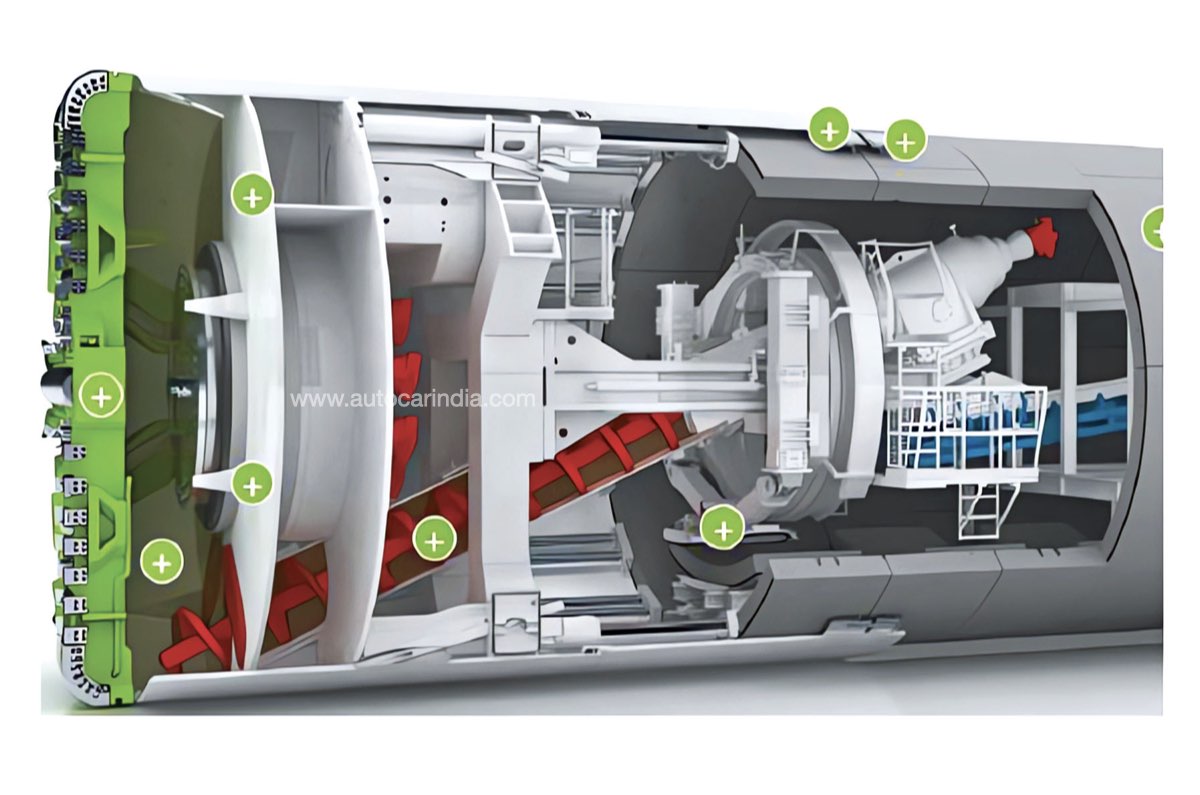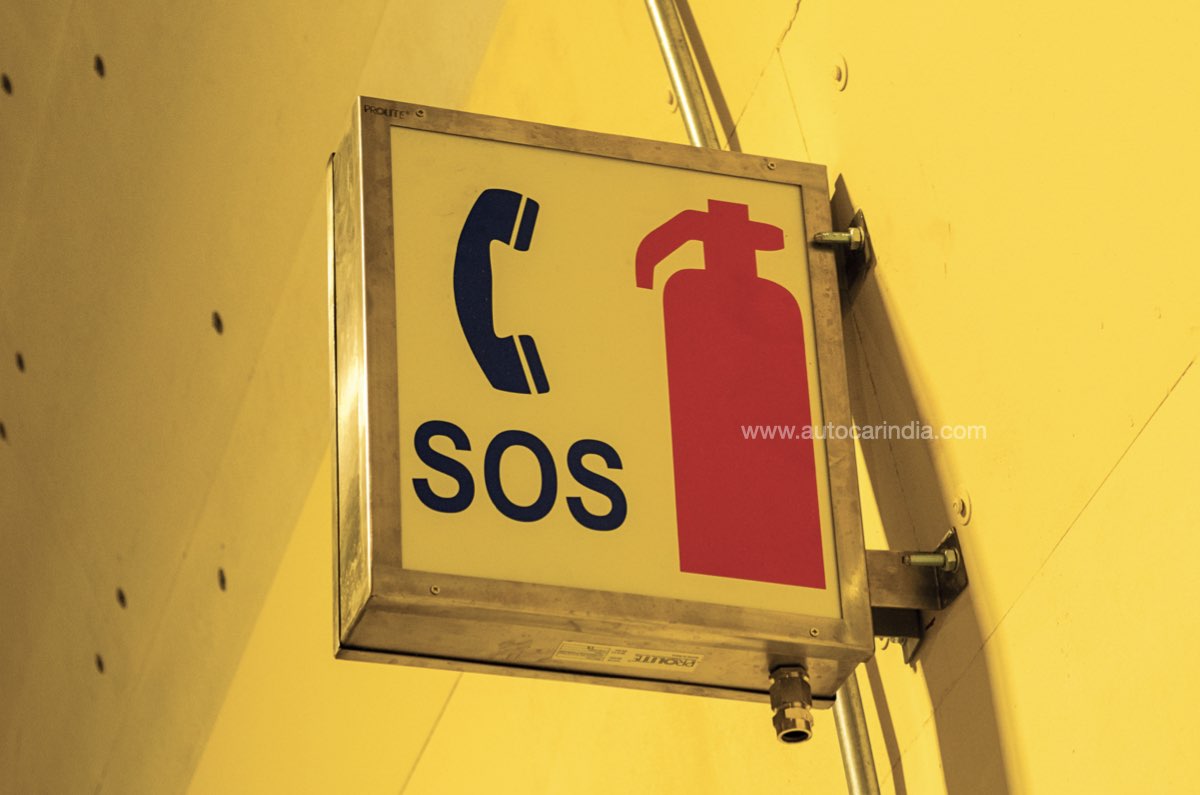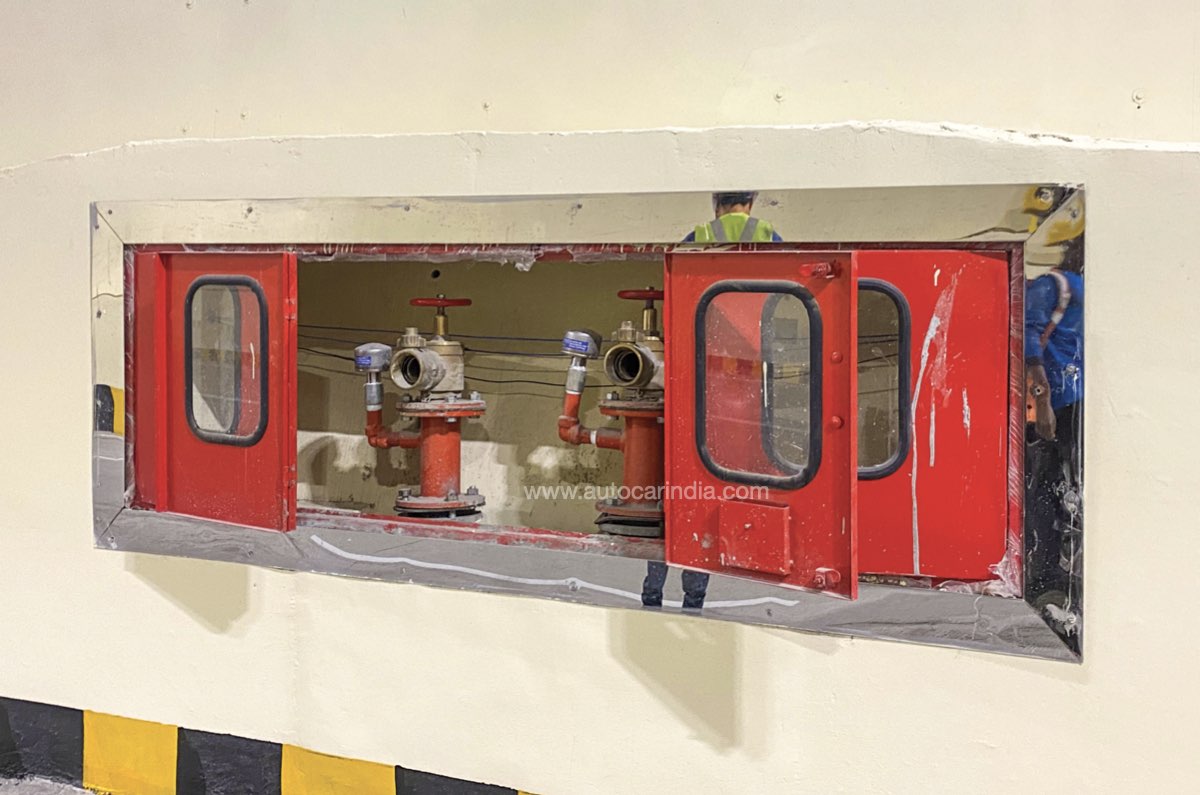Citroen recently revealed the Basalt coupe-SUV for India which will be brand’s fourth model based on the C-Cubed programme. The underpinnings are similar for all body styles on the modular CMP architecture – the C3 and eC3 hatchbacks, the C3 Aircross SUV and now the Basalt coupe-SUV – but in essence, the Basalt is closest to the C3 Aircross. Although Citroen hasn’t announced exact dimensions yet, it will measure a similar 4.3 meters in length, slotting right in the midsize SUV class.
So far, its only the exterior design of the Basalt that has been revealed, and here we are taking a closer look at all the similarities and differences it has with its SUV counterpart.
Citroen Basalt vs C3 Aircross: front design
The Basalt and the C3 Aircross look nearly identical when viewed head on, and perhaps a little more differentiation would have been nicer. Still, what’s surely a welcome update is that the Basalt gets projector headlamps with a smoked-out effect as opposed to the halogen units on the C3 Aircross, though the latter is also likely to be updated with projector headlamps in due course.
That aside, the inserts on the two-part grille are finished in different colours on both models. Additionally, on the C3 Aircross, the trim between the Chevron logo and the upper grille gets a blacked-out finish, while on the Basalt, it comes finished in body colour.
Citroen Basalt vs C3 Aircross: side profile

In profile, the Basalt and the C3 Aircross share the same body panels up until the front door, beyond which, their own distinct identities become apparent. Being an SUV with three rows of modular seating, the C3 Aircross has an MPV-like silhouette – it appears long and upright, and the dual-tone paint shades give the roof a floating effect. The glasshouse is also slightly larger, and the doors feature additional cladding at the bottom.
On the Basalt, the window line gets pinched towards the rear, the roofline slopes down gently and the shoulder line appear more pronounced due to the stubby rear end. And while it misses out on the door claddings, the ones over the wheel arches are squared-out on the Basalt and have a gloss finish. The C-pillar extension is also slightly different here, and it doesn’t get the same floating effect for the roof with a dual-tone paint finish. Both models get different set of alloy wheels (it will be toned down for the Basalt in final production-spec), but both make do with pull-type door handles.
Citroen Basalt vs C3 Aircross: rear design
The Basalt and the C3 Aircross look completely different from the rear, primarily due to their rooflines. The C3 Aircross has an upright tailgate with a wraparound rear windscreen and tiny rear quarter windows. There’s a black trim connecting the C-shaped tail lamps, the tailgate surfacing in clean and there’s a dual-tone bumper down below.
On the Basalt, the rear takes a notchback-like form where the boot lid appears positioned taller than bonnet. Its short and stubby, the rear windscreen doesn’t wrap around and the tail gate is slightly more contoured. The tail lamps are also larger and have new LED signatures. The rear bumper treatment, however, is largely similar to the C3 Aircross.

Citroen Basalt: what else do we know?
Although Citroen hasn’t revealed the Basalt’s interior yet, we expect the dashboard to be carried over from the C3 Aircross, although it will get more equipment. The Basalt will also carry forward the 110hp, 1.2-litre turbo-petrol engine, mated to either a manual or torque converter automatic.
Citroen says it will announce more details about the Basalt towards the middle of the year, and it will go on sale in second half of 2024. Upon launch, the Basalt will see competition from the Tata Curvv apart from the regular midsize SUVs. In fact, the Curvv and the Basalt together mark the emergence of a new midsize coupe-SUV class that, in the future, will see electric derivates of both as well as Mahindra’s upcoming electric coupe-SUVs.













